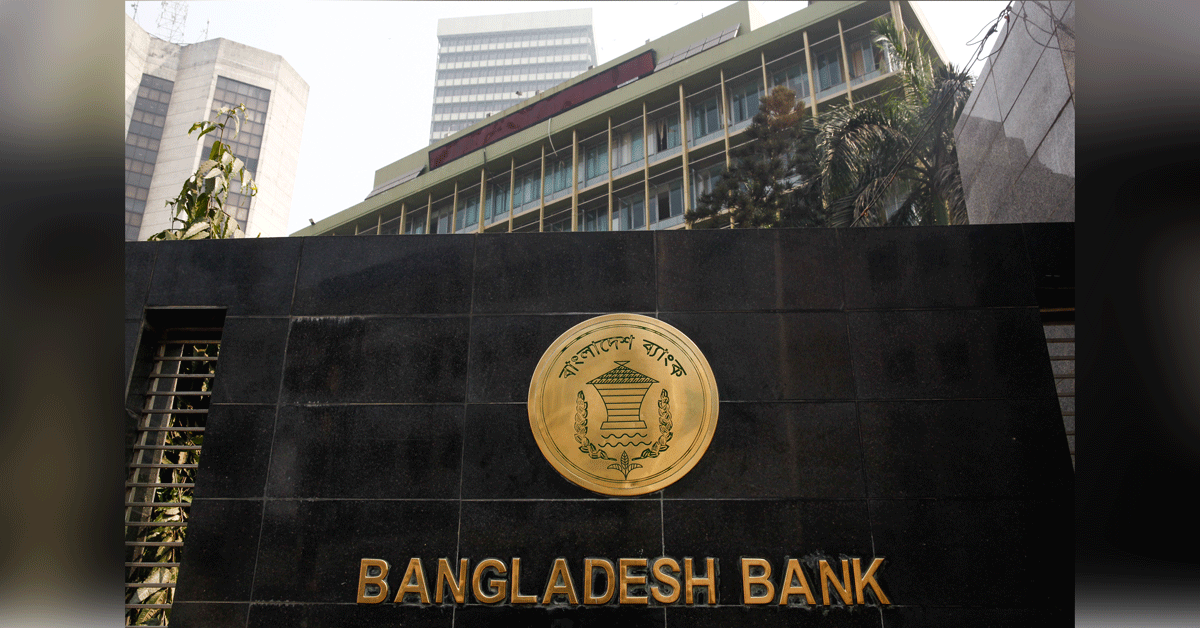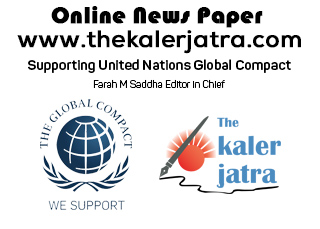Israel’s shekelILS=D3 sank to a nearly eight-year low, after the country’s prime minister, Benjamin Netanyahu, vowed to “demolish Hamas” in retaliation for the rampage on Oct 7 that killed 1,300 people in the worst attack on civilians in Israel’s history.
US Secretary of State Antony Blinken is visiting the region, seeking to prevent further escalation. Netanyahu agreed to lift a blockade of water supplies to parts of southern Gaza after speaking with US President Joe Biden.
Brent crude futures LCOc1 reached a new recent high of $91.20 on Monday before easing back slightly to $90.84, following Friday’s 5.7 percent surge.
Japan’s Nikkei share average fell more than 1 percent, while Australia’s S&P/ASX 200 index .AXJO lost 0.15 percent in early trading. New Zealand’s equity benchmark slid 0.9 percent.
On Friday, the pan-European STOXX 600 index lost 0.98 and New York’s S&P 500 .SPX declined 0.50 percent, although US stock futures EScv1 pointed 0.18 percent higher on Monday.
“The situation is dynamic and it’s too early to say if the hedges placed on Friday are unwarranted, but there have been pockets of positive news flow,” Chris Weston, head of research at Pepperstone, wrote in a note, citing the resumption of water supplies as one example.
“Risk and energy markets will look for headlines and actions from Iranian officials who have stated they have a duty to come to the aid of the Palestinians.”
Benchmark 10-year US Treasury yields US10YT=RR were little changed at 4.6434 percent, following a more than 8 basis point decline on Friday amid demand for the safety of bonds.
Currencies overall retraced some of their moves from the end of the week, with the US dollar index =USD easing slightly to 106.55 from as high as 106.79 on Friday.
The euro EUR=EBS rose 0.1 percent to $1.0522 while the yen JPY=EBS was little changed at 149.505 per dollar.
However, Israel’s shekel ILS=D3 was weaker, last trading at 3.9850 per dollar after weakening to 3.9900 earlier in the day for the first time since April 2015.






















